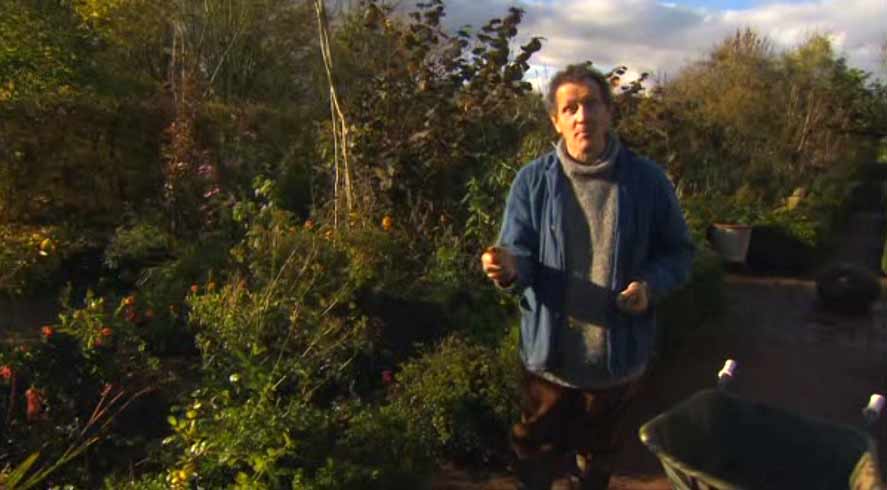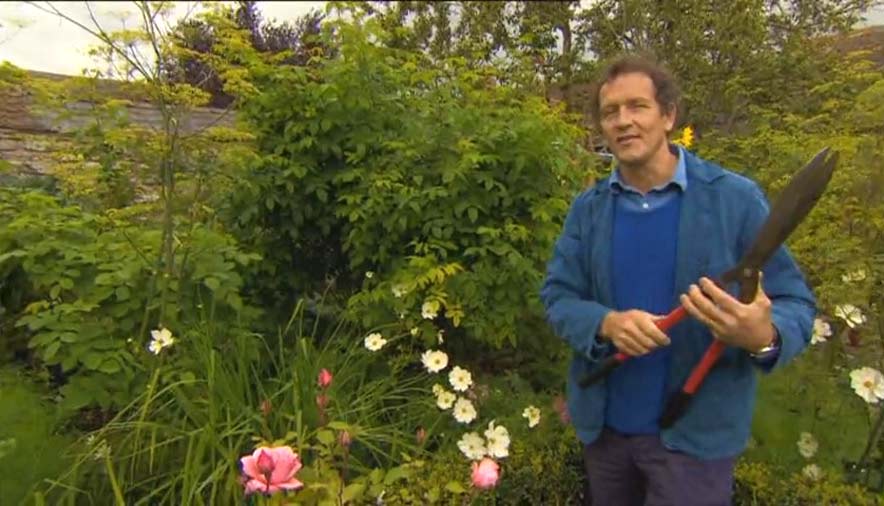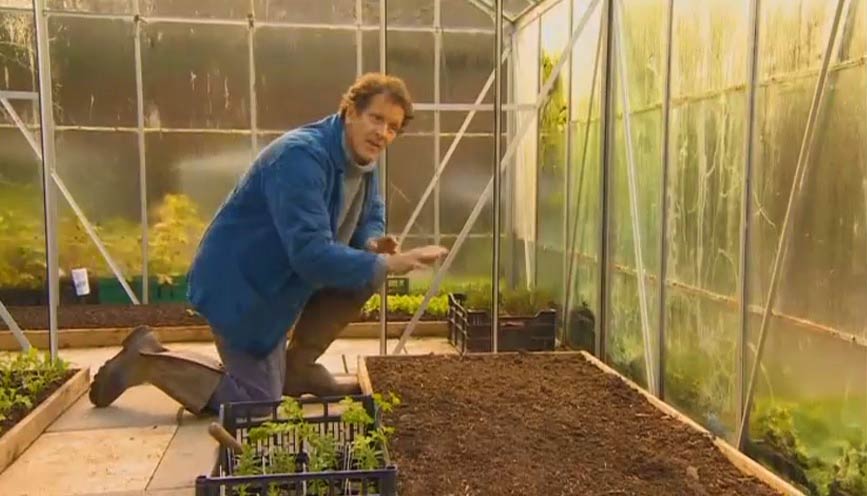Gardeners World episode 31 2012: In the last of this year’s series of Gardeners’ World, Monty has plenty of advice on the jobs we can be doing now and over the winter in the garden. He also reviews some of the plants which have thrived and those which have not during this extraordinary summer.
On Walney Island in Cumbria, Carol explores the diversity of wild plants which thrive in its maritime climate and discovers a very special hardy geranium which grows nowhere else in the world. Rachel travels to Swansea to meet passionate gardener Andrea Gordon, who, despite being blind from birth, has a garden overflowing with plants.
And Joe meets 92-year-old Walter Partridge who not only produces an abundance of vegetables on his immaculate allotment in Grantham but is also the bee-keeper for the site.
Gardeners World episode 31 2012
Walter Partridge
Running an allotment takes a great deal of time and effort – something that Walter Partridge from Grantham knows only too well. He has tended his plot for over 40 years, and even at the age of 92, has no intention of giving it up. Joe went along to pick up a few tips.
Planting a dogwood
If you want to light up your garden in winter, plant a dogwood. They’re a doddle to grow, easy to maintain and will grow just about anywhere. Monty shows you how to plant one. Flowering Cornus (dogwood) trees are grown for their showy coloured bracts in late spring and early summer. Shrubby Cornus alba, C. sericea and C. sanguinea are grown for their vivid winter stem colour, while shrubby C.mas (the cornelian cherry) is grown for its winter flowers and summer fruits. This varied group of plants give great garden value.
Shrubby dogwoods grown for their winter stem colour (Cornus alba, C. sericea and C. sanguinea cvs.) are unfussy about their soil conditions, but they are able to thrive in damp conditions where other shrubs might fail. C. controversa (the wedding cake tree), C. alternifolia (the pagoda dogwood), C. mas (the cornelian cherry) and C. officinalis are also tolerant of a range of soil conditions.
Flowering dogwoods Cornus florida, C. kousa, C. capitata and C. nuttallii do best in well-drained but fertile soil that is rich in organic matter and neutral to acid in pH. C. kousa (from Korea and Japan), is more tolerant of neutral to alkaline conditions than are the North American species C. florida and C. nuttallii.
The creeping dogwood, Cornus canadensis, needs moist, acid soil conditions. All Cornus species will tolerate full sun or partial shade, but those grown for their winter stem colour show better colour when grown in full sun.




